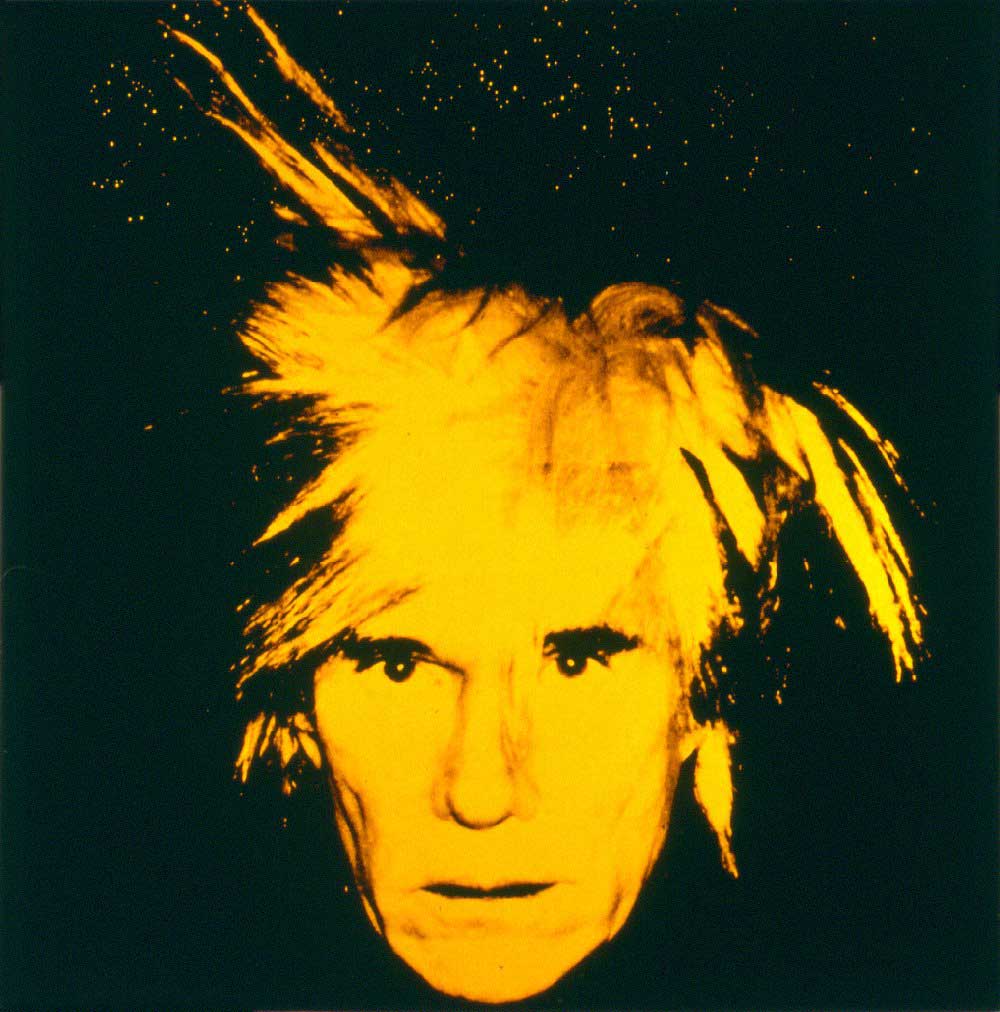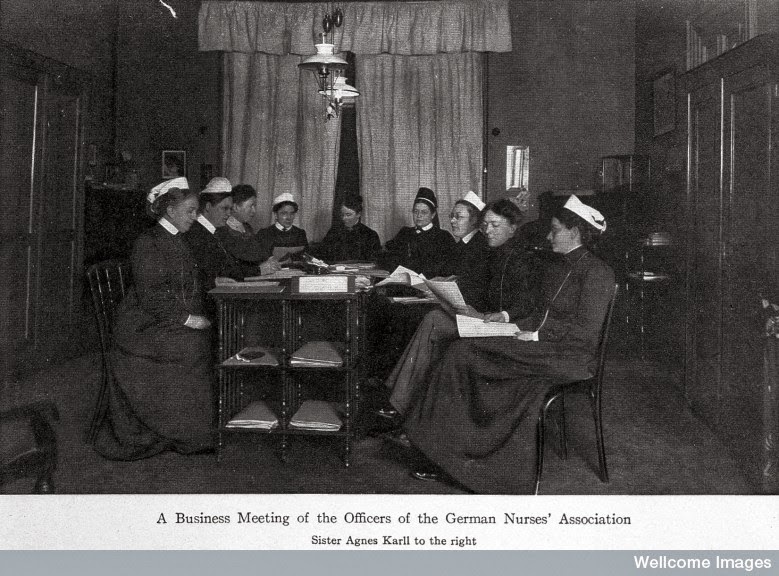 Born Andrew Warhola on August 6, 1928 in Pittsburgh, Pennsylvania, Andy Warhol was a painter, printmaker, and filmmaker and a pivotal figure in the formation of the Pop Art movement.
Born Andrew Warhola on August 6, 1928 in Pittsburgh, Pennsylvania, Andy Warhol was a painter, printmaker, and filmmaker and a pivotal figure in the formation of the Pop Art movement.
Warhol was the son of working-class Slovakian immigrants. His frequent illnesses in childhood often kept him bedridden and at home. During this time, he formed a strong bond with his mother. It was what he describes an important period in the formation of his personality and skill set.
Warhol studied at the School of Fine Arts at Carnegie Institute of Technology in Pittsburgh (now Carnegie Mellon University), majoring in pictorial design. In 1949, he moved to New York City where he quickly became successful in magazine illustration and advertising, producing work for publications such as Vogue, Harper’s Bazaar, and the The New Yorker.
Much of Warhol’s work the 1950’s was commissioned by fashion houses and he became known for his whimsical ink drawings of I. Miller shoes. In 1952, Warhol’s illustrations for Truman Capote’s writings were exhibited by the Hugo Gallery in New York and he exhibited at several other venues in the 1950′s including a 1956 group show at the Museum of Modern Art. Warhol received several awards during this decade from the Art Director’s Club and the American Institute of Graphic Arts.
Warhol was enthralled with Hollywood celebrities, fashion, and style and by the early 1960’s these interests were reflected in his artwork. Borrowing images from popular culture, Warhol’s “Pop Art” paintings were characterized by repetition of everyday objects such as soup cans, Coca Cola bottles, and 100 dollar bills. He also began painting celebrities such as Marilyn Monroe, Elvis Presley, and Elizabeth Taylor.
Most of Warhol’s paintings were produced in his studio that he called “The Factory” with the help of assistants. Photographic images were screen-printed on to painted backgrounds and mechanically repeated – a process that mimicked the manufacturing industry and parodied mass consumption. During the Factory years, Warhol associated with and “groomed” a variety of artists, writers, musicians, and underground celebrities including Edie Sedgwick, Viva, writer John Giorno, and film-maker Jack Smith.
Warhol worked prolifically in a range of media including painting, photography, drawing, sculpture, and film. Between 1963 and 1968 he produced more than 60 films and about 500 short “screen test” portraits of his studio visitors. His most popular and successful film was Chelsea Girls, made in 1966.
On June 3, 1968, Warhol and art critic/curator Mario Amaya, were shot by Valerie Solanas after she was turned away from the Factory studio. Warhol’s wound was almost fatal and would affect him physically and mentally for the rest of his life.
The 1970’s was a quieter decade for Warhol who concentrated more on portrait commissions for celebrities such as Mick Jagger, John Lennon, Michael Jackson, and others. He founded Interview Magazine and in 1975 published “The Philosophy of Andy Warhol” which expressed the idea that “Making money is art, and working is art and good business is the best art.” During the 1970’s Warhol was also involved in a number collaborations with young artists such as Jean-Michel Basquiat, Francesco Clemente and Keith Haring.
In general, Andy Warhol was consistently ambiguous on the meaning of his work and appeared indifferent and ambivalent. He denied that his artwork carried any social or political commentary.
Warhol died in New York City on February 22, 1987 of a cardiac arrhythmia while recovering from routine gallbladder surgery. In his will, almost his entire estate was dedicated to the “advancement of the visual arts”. The Andy Warhol Foundation for the Visual Arts was founded in that same year and it remains one of the largest grant-giving organizations for the visual arts in the United States today.


















Sources: MOMA, Guggenheim, National Gallery of Canada, Andy Warhol Foundation, Wikipedia
SOURCE: Daily Art Fixx - Art Blog: Modern Art, Art History, Painting, Illustration, Photography, Sculpture - Read entire story here.
Read More

























